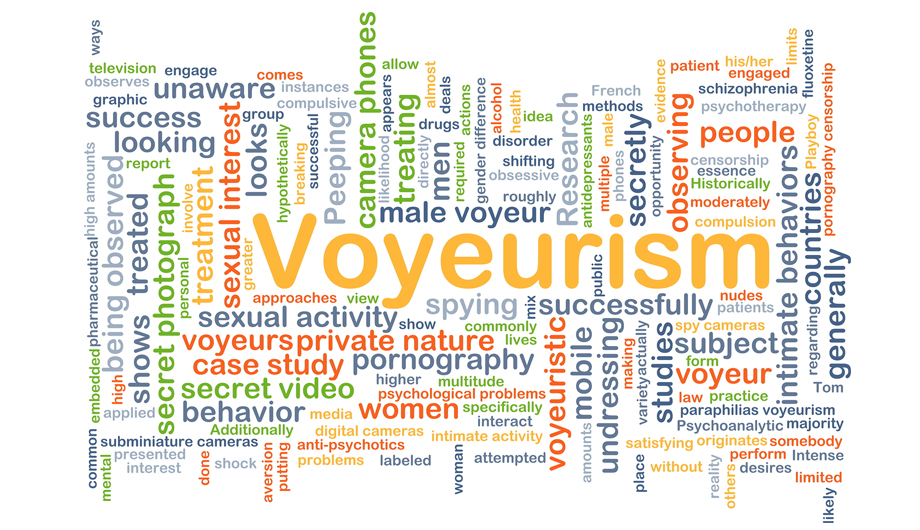Voyeurism, one of several paraphilia disorders listed in the DSM, is the sexual interest in or practice of spying on people engaged in intimate behaviors, such as undressing, sexual activity, or other actions usually considered to be of a private nature. The principal characteristic of voyeurism is that the voyeur does not normally relate directly with the subject of his interest, who is often unaware of being observed. Often, voyeurism includes creating photos images or videos of the subject during an intimate activity.
The motivation is achievement of sexual arousal by observing people who are naked, disrobing, or engaging in sexual activity. When the observation is of unsuspecting people, this sexual behavior often leads to problems with the law and relationships.
The desire or temptation to watch others in sexual situations is not abnormal, but acting on the desire repeatedly engaging in the behavior is abnormal. Voyeurism typically begins during adolescence or early adulthood. Because of the ease of access to internet pornography, fewer teens are being arrested for voyeurism as it is easier and safer to satisfy the desire to find voyeuristic situations on-line . Voyeurism on the internet has become increasingly common and many pornographic websites market themselves as “voyeur sites” and provide videos and images of unsuspecting victims being recorded. More teens with voyeuristic desires are utilizing these websites to satisfy their desires which may be resulting in fewer teens being arrested for this sexual crime. The downside of this however, is that the compulsive use of internet pornography by teens is leading to porn addiction.
When voyeurism is pathologic, voyeurs spend considerable time seeking out viewing opportunities whether on the internet or in person. Orgasm is usually achieved by masturbating during or after the voyeuristic activity. Voyeurs do not seek sexual contact with the people being observed.

